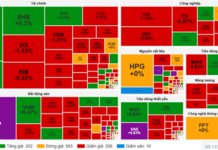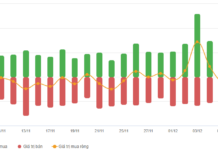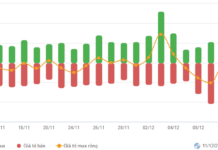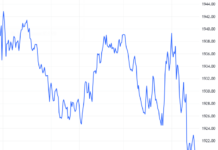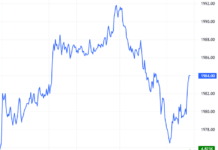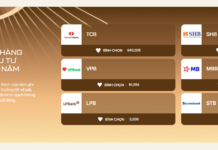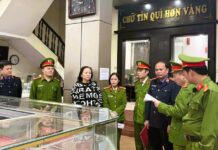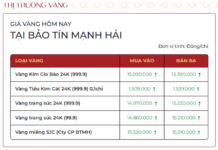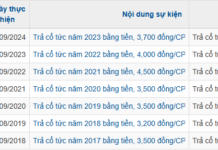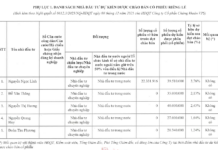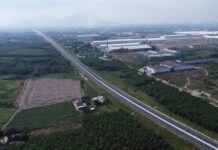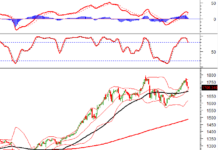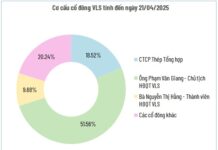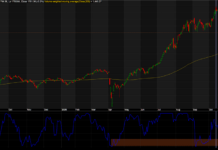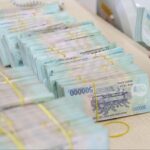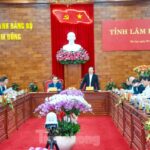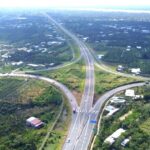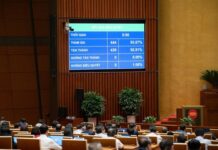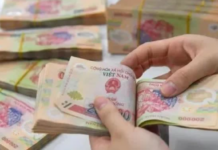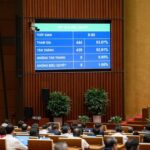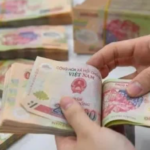Vietnam’s High-Speed North-South Railway: An Opportune Investment
In an interview with the Chinh Phu Electronic Newspaper (VGP), Deputy Minister of Transport Nguyen Danh Huy shared that over the past 18 years, the Ministry of Transport has conducted extensive research on high-speed railways with support from domestic and international organizations and experts.
Following the Conclusion No. 49-KL/TW of the Politburo, the Ministry has gathered insights from international experiences and assessed specific conditions in Vietnam.
Through collaborations with relevant ministries and sectors, the Ministry of Transport has analyzed transport capacity, speed, axle load, localization potential, technology acquisition, investment roadmap, and resource mobilization. They propose constructing a high-speed railway on the North-South axis, approximately 1,541 km long, as a double-track, standard-gauge (1,435 mm) electrified line with a design speed of 350 km/h, primarily for passenger transport but adaptable for freight if needed. The projected investment for the project is estimated at $65-70 billion.
The project is slated for submission to the competent authority for approval, with the goal of commencing construction before 2030 and completing the entire line before 2040.
“I believe that with Vietnam’s current standing and potential, the time is ripe for investing in high-speed railways,” said Deputy Minister Huy. “It is a legitimate aspiration of any nation and its people to have a high-speed railway, elevating transportation infrastructure to new heights of modernity and civility, meeting the needs of the people and the economy.”
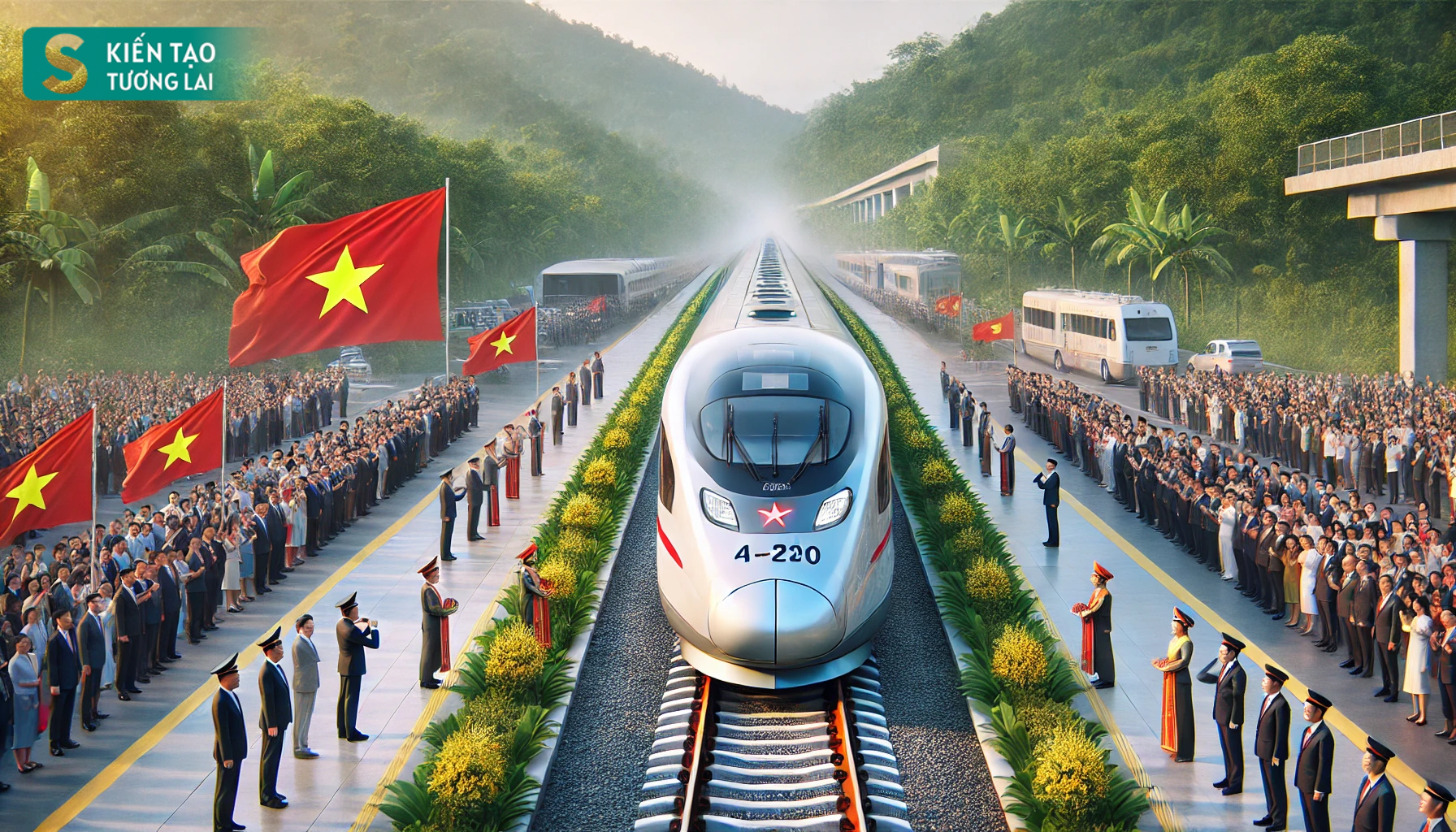
Illustration of the future inauguration of the North-South high-speed railway. AI ChatGPT image.
Earlier, in late July 2024, Prime Minister Pham Minh Chinh chaired a meeting on law-making. After discussing the proposal for the investment policy for the high-speed railway on the North-South axis, the Government members agreed on the policy to submit it to the competent authority for consideration and decision.
To Be Submitted to the Politburo in September
Speaking to Tien Phong newspaper, a leader of the Railway Department said that after a careful and thorough research process with the contribution and support of organizations, ministries, and sectors, the Ministry of Transport has basically completed the proposal for the North-South high-speed railway project.
“At this point, the consulting unit is rushing to complete the pre-feasibility study report. In September, it will be submitted to the Politburo for consideration and comments, striving to submit it to the National Assembly for approval of the investment policy in the upcoming October session so that we can arrange mid-term capital in 2025,” he said.
According to Mr. Chu Van Tuan, Deputy Director of the Railway Project Management Board (Ministry of Transport), as reported by VGP, the Ministry of Transport, together with ministries, branches, and sectors, has actively studied experiences, referred to models from 22 countries and territories, and learned from experiences in 6 countries that own and master high-speed railway technology.
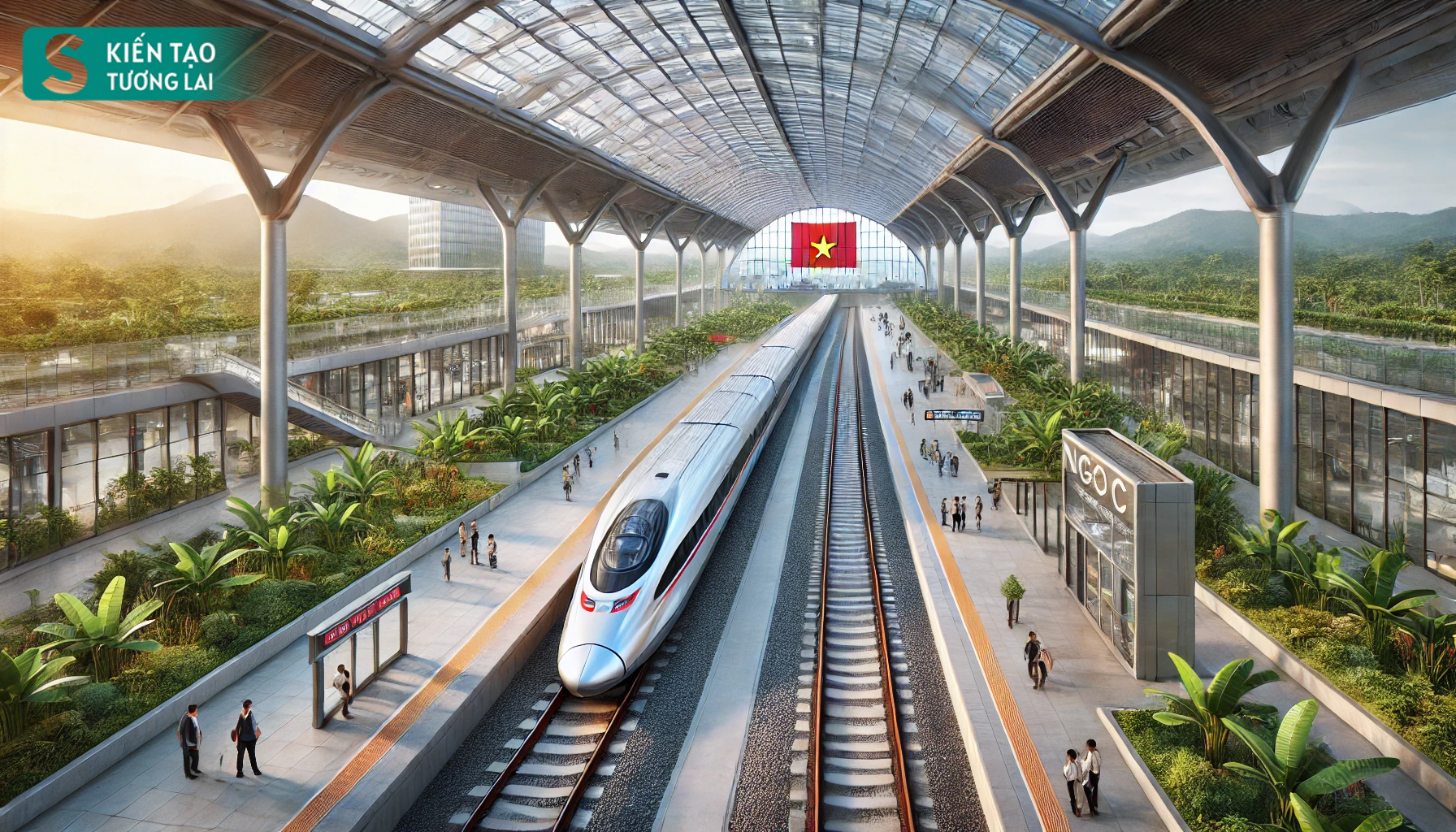
AI ChatGPT illustration
Through a meticulous research process with the support of domestic and international organizations, the North-South high-speed railway will commence from Ngoc Hoi Station in Hanoi, passing through 20 provinces and cities, and terminating at Thu Thiem Station in Ho Chi Minh City. The entire line will have 23 passenger stations with an average distance of about 67 km and 5 freight stations associated with major cargo hubs.
Based on this, the Ministry of Transport has proposed concentrating resources on commencing the Hanoi-Vinh and Ho Chi Minh City-Nha Trang sections, with a total length of about 642 km, by the end of 2027. The Vinh-Nha Trang section (about 899 km long) is expected to commence construction before 2030, with the goal of completing the entire line by 2035.
Rearing in Revenue: The Ministry’s Mandate?
The Vietnamese government has made significant strides in reforming state capital investment management. One notable change is the decision to no longer manage second-tier enterprises and reduce the number of enterprises requiring the Prime Minister’s approval for leadership appointments. These moves signify a shift towards greater autonomy for businesses and a streamlined decision-making process. However, a point of contention remains: how should state-owned enterprises distribute profits when the state does not hold a substantial amount of capital in these businesses? This question sparks an important debate, highlighting the need to balance state involvement and enterprise independence.
The Deputy Prime Minister: Investing in the Nha Trang – Da Lat Expressway Must Be a Top Priority
Vice Prime Minister Tran Hong Ha affirmed the importance of the Nha Trang – Dalat expressway project, stating that it is a crucial investment for the region’s economic development. He emphasized that with proper planning and execution, the project has the potential to bring about significant economic growth not only for the respective localities but also for the entire region.
The Ultimate Guide to the Upcoming Car Plate Number Auction: Over 388,000 Options Available for Bidding, Starting September 5th.
The Ministry of Public Security is gearing up for its 5th auction of prestigious vehicle license plates. This time, a whopping 388,389 license plates are up for grabs, including over 56,000 plates from Hanoi and almost 54,000 from Ho Chi Minh City. Mark your calendars and get ready to bid for your chance to secure one of these exclusive license plates!
Will the Wave of Investment in Western Southern Land Return?
It is challenging to see a significant wave of investment in land in the Southwest region. Any potential investment would likely come from the dynamic Southeast region, which boasts a vibrant ecosystem of sea ports, airports, and industrial parks, making it a more attractive prospect for investors, according to economic expert Dr. Dinh The Hien.

